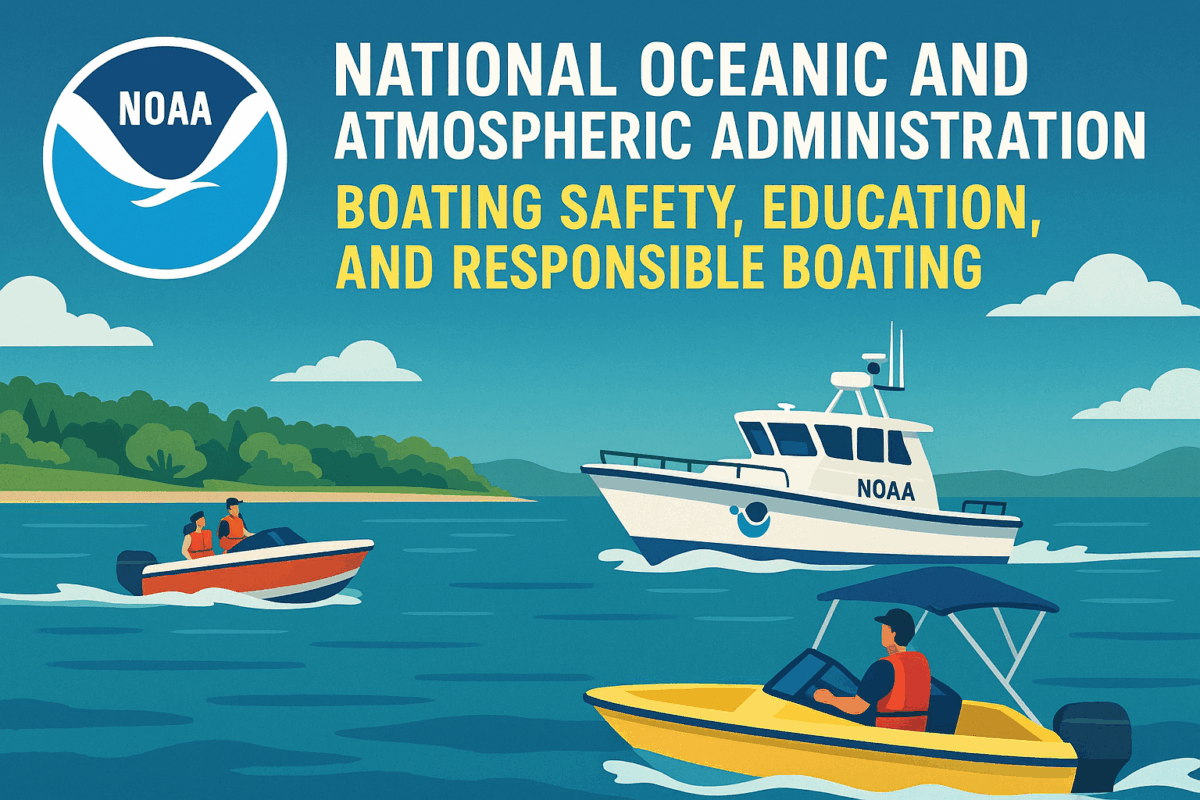Call: 1-800-832-7191

NOAA’s Chart Number One
Understand Nautical Symbols with NOAA’s Chart Number One
Navigating safely requires more than just charts and GPS. NOAA’s Chart Number One helps boaters interpret the symbols used on nautical charts.
This reference guide explains every symbol, abbreviation, and term found on U.S. nautical charts. Whether you’re a new boater or an experienced navigator, understanding these symbols improves safety and decision-making on the water.
Learn the Language of Charts
Charts contain a wide range of symbols for buoys, depths, currents, and hazards. Without proper understanding, misreading a chart can lead to serious mistakes. This book organizes these symbols into categories for easy reference.
From underwater obstructions to traffic separation schemes, each symbol has a specific meaning. Reviewing this guide before a trip helps you recognize critical features and avoid dangerous areas.
Use It Alongside Your Charts
Boaters often carry paper or electronic charts. Pairing them with NOAA’s Chart Number One enhances clarity and confidence. When a symbol appears unfamiliar, this guide provides quick answers.
It’s especially useful when planning routes through busy or unfamiliar waters. Knowing what each mark represents allows for better navigation and safer boating. Keep a copy onboard or download the digital version for easy access.
Stay Updated and Informed with NOAA’s Chart Number One
NOAA updates this guide regularly to reflect changes in charting standards and technology. Staying current ensures you interpret symbols correctly and follow the latest navigation practices. The guide also supports training programs and certification courses.
Using charts promotes smarter boating and reduces risk. With this resource, you gain a deeper understanding of your charts and improve your overall navigation skills.
NOAA’s Chart Number One is a reference guide that explains all symbols, abbreviations, and terms used on nautical charts. It helps mariners interpret chart features accurately, including buoys, depth contours, and navigation aids. Updated regularly, it’s essential for safe navigation and is available in both print and digital format.
https://www.connecticutboatingcertificates.com/helm-boating-information/
